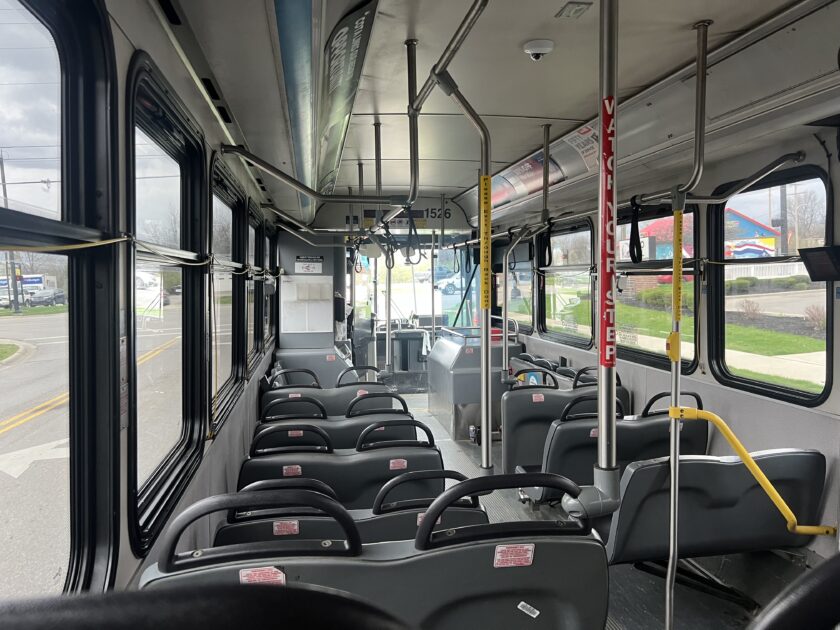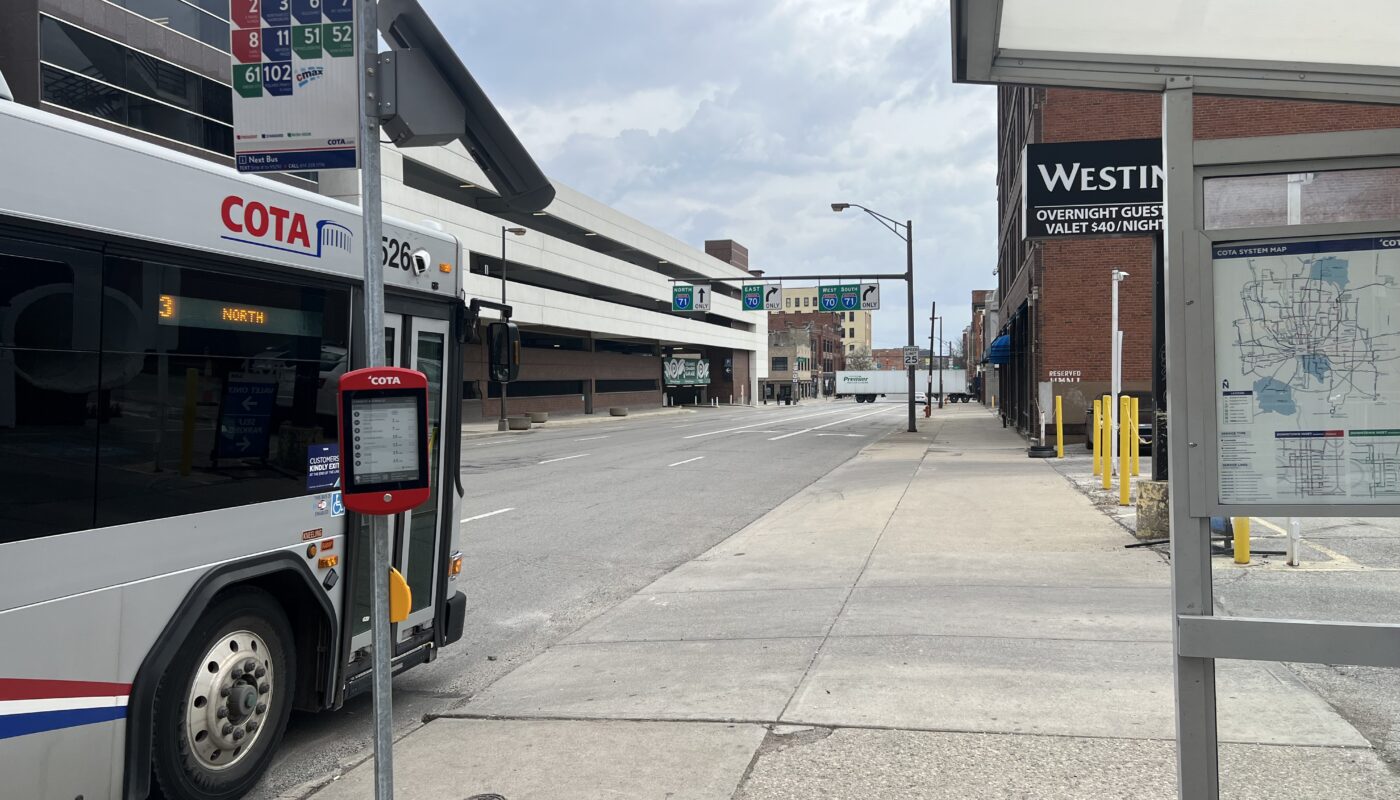One of the key benefits of possessing a university student ID is access to the Central Ohio Transit Authority (COTA) Educational Pass Program.
With a simple swipe of an eligible university ID card on any COTA bus, students are able to ride an unlimited number of times free of charge.
COTA’s bus system currently boasts a total of 38 bus routes, each divided into three separate color categories: blue, red and green.

Blue routes are standard service lines that provide access to most areas of Columbus, including outlying suburbs such as Grove City or Canal Winchester. Departure times for these routes range anywhere from 15 minutes to an hour, depending on the level of traffic.
Red routes are frequent service lines centered on the downtown portion of Columbus. These include lines servicing East Main Street, right in front of the university, as well as frequently visited neighborhoods such as the Short North. Departure times for red routes are generally 15 minutes or less.
Green routes are weekday-only rush hour service lines that operate from 6:30 a.m. to 9 a.m. and 3 p.m. to 6 p.m.. Like blue service routes, the green lines operate throughout Columbus.
For most riders, riding to a destination usually involves switching between bus lines. A commuter student from Grove City, for example, will need to first take Line 3 towards downtown Columbus, get off between East Main Street and South High Street and take Line 2 towards the university.
Most mapping apps, such as Google Maps or Apple Maps, will allow riders to plan their routes in advance; however, COTA generally recommends the Transit app for planning rides. Available on both Android and iOS, Transit allows riders to track the real-time location of COTA buses throughout Columbus, relying on both the geolocation of its users and GPS data from COTA themselves to facilitate this.
Furthermore, Transit allows riders to pay for fares in advance, saving riders the need to scramble for cash or their cards at the pay booth located next to the bus driver.
When riding a line, it is usually best practice to arrive at a bus stop 5 or 10 minutes before the scheduled departure time to avoid accidentally missing a bus. The Transit app advises users when it is best to arrive at a bus stop.
Once the bus arrives, enter through the driver side door and swipe your student ID card at the pay booth located next to the driver. Afterwards, find an available seat to sit in anywhere on the bus.
Most COTA buses have free on-board WiFi and USB charging stations in case a rider needs to charge their electronic devices, among other amenities.
During the ride, students are free to pass the time as they see fit, whether that’s scrolling through their phones or reading a book. However, it is best to remain vigilant at all times and periodically check when to step off the bus. The Transit app offers a helpful reminder of how many stops you have left before reaching your destination.
COTA buses usually drive past transit stops on their routes unless there are other riders waiting there or a rider inside the bus has signaled the driver to stop at that location.
To signal the driver to stop, pull on the yellow cord located on both sides of the bus. This will request a stop at the next transit station. Once the bus has stopped at your destination, exit through the rear-side door.
Thanks to the recent approval of Issue 47 in last year’s November elections, COTA plans to expand its services through the LinkUS initiative, which includes plans for building new rapid-transit corridors along high-frequency routes, including East Main Street.


